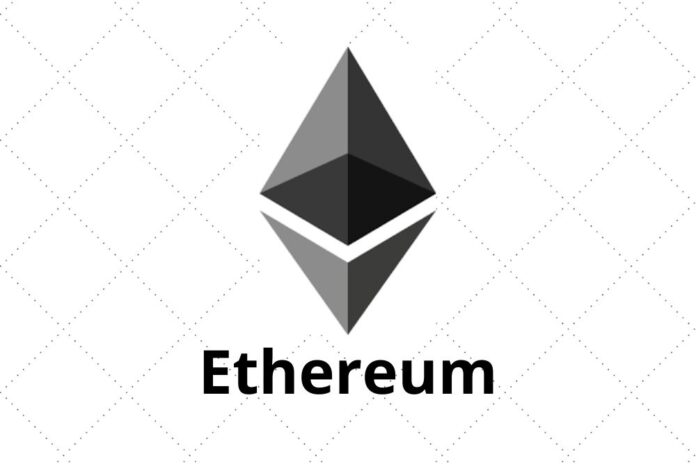Surojit Chatterjee, Coinbase Chief Product Officer, has showcased his optimism about the improvement of Ethereum scalability in 2022, as the community anticipates the official launch of Ethereum 2.0 and many Layer 2 rollups.
The Coinbase executive said this on 4th January in a blog post titled “10 Predictions for Web3 and the Cryptoeconomy for 2022”. There, he foresees a major advancement in Ethereum scalability.
Read Also: Microsoft Executive: Ethereum Will Become the Decentralized App Store By 2023
In the blog post, Chatterjee showcased his confidence in Ethereum leading Web3 and the crypto-economy as it scales. However, he stated that newer Layer 1 chains will also experience substantial growth.
Surojit Chatterjee’s predictions read in part as follows:
“Eth scalability will improve, but newer L1 chains will see substantial growth — As we welcome the next hundred million users to crypto and Web3, scalability challenges for Eth are likely to grow. I am optimistic about improvements in Eth scalability with the emergence of Eth2 and many L2 rollups. Traction of Solana, Avalanche and other L1 chains shows that we’ll live in a multi-chain world in the future. We’re also going to see newer L1 chains emerge that focus on specific use cases such as gaming or social media.
“There will be significant usability improvements in L1-L2 bridges — As more L1 networks gain traction and L2s become bigger, our industry will desperately seek improvements in speed and usability of cross-L1 and L1-L2 bridges. We’re likely to see interesting developments in usability of bridges in the coming year.”
Vitalik Buterin Expects “The Merge” to Launch by First Half of 2022
According to Vitalik Buterin in a recent blog post, the first step in the process called “The Merge”, which is a comprehensive transition from proof of work (PoW) consensus algorithm to proof of stake (PoS), is expected to officially play out in the first half of 2022.
Buterin said the second step is known as the surge, which seeks to greatly promote Ethereum’s scalability, bandwidth, and throughput capacity, especially on zk-rollup.
With the help of the steps mentioned above, Ethereum (ETH) gas fee is expected to be significantly lowered.
Read Also: Ex-President of Argentina Says Ethereum is one of the Most Innovative Technologies of 21st Century
Vitalik Buterin noted:
“If the chain can handle more transactions then that means that there’s more space and you don’t have to compete with other users for the same very small number of slots. So the transaction fees that every single user has just go down by a huge amount.”
Buterin believes that Ethereum has made 50% progress in the past 6 years, claiming that it would be 60% once “The Merge” is fully complete and 80% after full sharding implementation.


